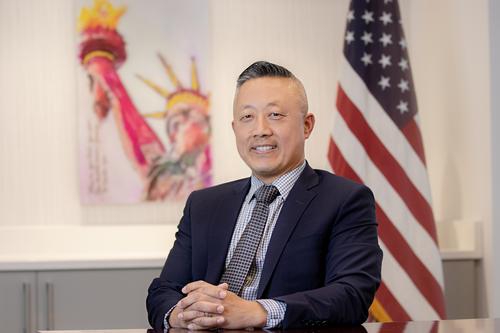If you are planning to enter the United States to start or complete your vocational studies, you may be eligible for a M-1 visa. There is no limit to the number of M-1 visas issued on a yearly basis, which can make it a great option for individuals who meet the requirements.
If you are interested in learning more about M-1 Visas, contact Tucker, Nong and Associates by phone or online. Our experienced M-1 visa lawyers can help you make the best decision possible.
What is an M-1 Visa?
Getting the M-1 Visa has certain requirements. There is a pre-designed application that lists the requirements for receiving an M-1 visa. Students can enter the country if they are enrolled in a full time or part time vocational training program. It is better if your program leads to some sort of certification.
Entering the US with an M visa
Students can enter the United States a month before their classes begin. This allows for time to find a place to stay and get settled in before school starts. It is also possible to transfer from one vocational center to another during your stay, but this transfer must be approved by USCIS. Transfers are usually accommodated during your first six months. After that, it is difficult to get approval.
Work Restrictions with an M-1 Visa
Working outside of your vocational training is prohibited on the M-1 visa. It is possible to have part time employment for the university/center where you are studying, but no outside work is allowed. The only time a M-1 student may work full time is the six month period after their vocational training is completed.
Time Limitations with an M-1 Visa
Students are permitted to stay in the United States for up to a year on the M-1 visa. This amount of time is usually more than enough to complete the coursework and training. If more time is needed to finish your program, you may apply to USCIS for an extension. If the school where you are training corroborates your claims of needing more time, you should be granted an extension.
Other Considerations
When you apply for a M-1 visa, you will receive a time period based on how long your program lasts. For example, someone traveling for a six month program should expect to get a one year visa at most. It is possible to get a M-2 visa for immediate family members who want to travel with you to the United States. These M-2 applicants may not attempt to find work when they arrive in the United States.
How to Qualify for the M-1 Visa
Individuals who apply to a vocational program that is approved by USCIS would be eligible for the M-1 student visa. The list can be found on their the USCIS website. When you have been granted acceptance to one of these institutions, you may begin the visa process.
Classroom Requirements
Students must be prepared to attend at least 18 hours a week of classes. If they are engaging in practical training along with their classwork, the minimum study requirement is 22 hours. The program to which you have been accepted must have a certificate or graduating degree that you receive on completion.
Financial Security
Proving your financial security will be vital during the visa application process. Since you are not allowed to work full time in the United States on the M-1, your bank balance will indicate whether you can support yourself for a year in the States.
Fluency in English
Prospective students will also be quizzed on their prowess in English. It may be better to take an English assessment test such as the TOEFL. A good result in that test will prove that you can read, write and comprehend the English language at a high level.
Do You Need Help In Getting Your Green Card Or Visa in Virgina, Maryland or Washington D.C.?
If you're trying to obtain a Green Card or Visa you need to speak with an experienced immigration attorney as soon as possible. Please contact us online or call our Vienna, Virgnia office directly at 703.991.7978 or our Rockville, Maryland office at 301.637.5392 to schedule your case consultation.

